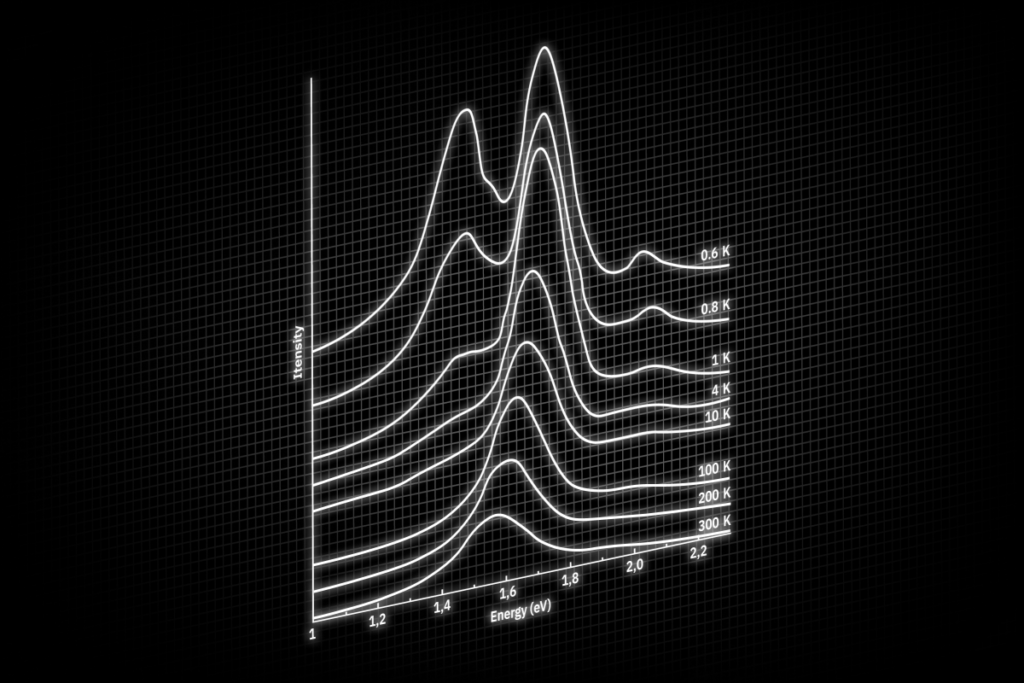
Material Science
The characterization of matter at low temperatures is essential for both the development of novel functional materials and a profound understanding of basic physical concepts. kiutra offers versatile sub-Kelvin research cryostats and add-ons for the low-temperature analysis of material properties.

Detectors
Photon sources and detectors are key components for various technical applications. To ensure their optimal performance, cryogenic temperatures in the Kelvin or sometimes even sub-Kelvin temperature range are required. kiutra offers fully integrated and automatic cooling platforms with minimal maintenance requirements for the continuous operation such devices.

Quantum Technologies
Novel devices that allow to control and exploit individual quantum states will pave the way to further promising applications such as quantum computing, quantum communication, and quantum sensing. However, complex cooling and high infrastructure demands are slowing down the development and widespread adoption of quantum technologies and prevent us from realizing their full potential. kiutra helps researchers and hardware manufacturers to innovate faster by providing automated cooling solutions that facilitate rapid and focused prototyping of quantum electronics.

Photonics & Optics
Probing matter with light is an important experimental technique to gain insights into fundamental material properties and correlation effects. kiutra offers cryogen-free refrigerators with free-beam optical access to allow a broad range of optical investigation to be carried out at sub-Kelvin temperatures.
Qubits
With first concepts dating back to the 1980s, superconducting circuits are today one of the most promising technologies in the race to build a universal quantum computer. The key element in superconducting quantum circuits is the Josephson junction – a non-linear element that connects two superconducting islands by a weak link, which can be either an insulating or a metallic barrier. Superconducting quantum circuits offer individual control and readout, and their properties can be engineered by circuit design. During the past two decades, superconducting qubits experienced a rapid improvement of their coherence properties, resulting in the demonstration of several major milestones toward scalable quantum computing. To screen and characterize superconducting thin films and devices more efficiently, kiutra’s L-Type Rapid offers an extremely fast sample cooldown, combined with a large temperature range, and a base temperature as low as 100 mK.
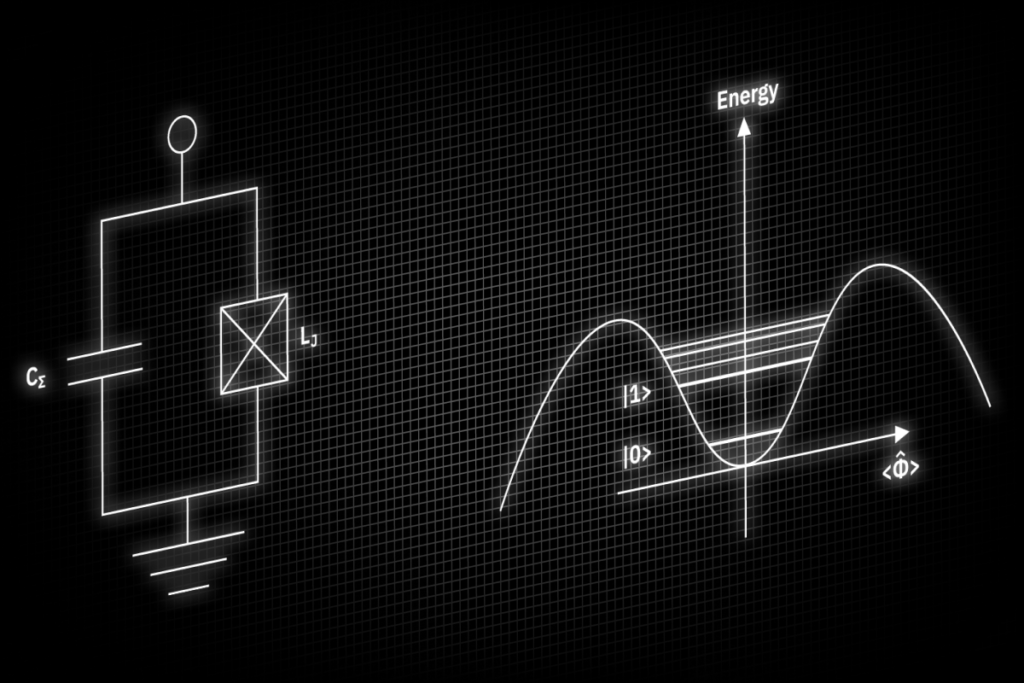
Superconducting Nanowire Single-Photon Detectors (SNSPD)
Cryogenic nanowire detectors are among the most efficient photon detectors available today. They are useful for various applications in metrology, imaging, and communication, including also future fiber-based quantum key distribution networks. SNSPD must be operated well below their superconducting critical temperature of typically several Kelvin. They will benefit from even lower temperatures particularly at the telecom and longer wavelengths. kiutra’s S-Type Essential provides continuous cryogen-free sub-Kelvin cooling, that allows operation also without human intervention for longer periods, likes months or even years. Despite its small footprint it offers also a large sample stage. It can thus easily accommodate and operate multiple fiber-coupled detectors and related low-temperature wiring and electronics. Its compact size allows to mount the cryostat in a 19” rack, making it an ideal choice for integrated sensing and communication applications.
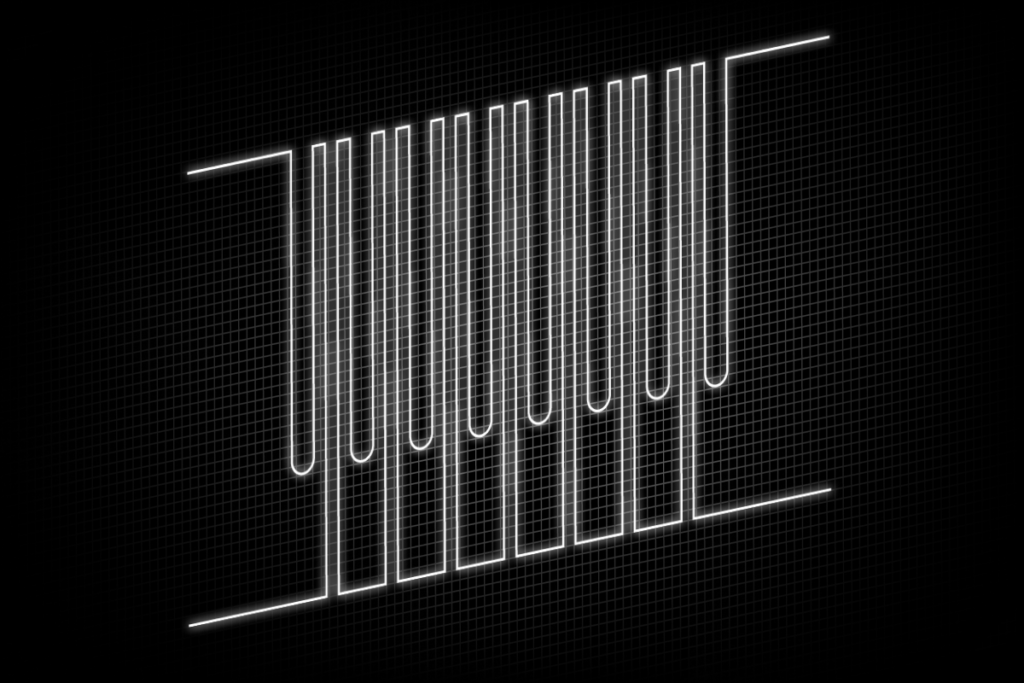
Spintronic devices
Researchers in the field of spintronics study and exploit the spin-charge coupling in metallic systems. Making use not only of the charge carriers’ charge but also of their spin allows, e.g., to build novel devices like racetrack memory or MRAM to save digital data. These technologies promise low-energy information storage, high reliability, performance, and capacity also at room temperature. However, to better understand the underlying physics and to develop novel materials for spintronic devices, low temperatures, high-frequency cabling, and magnetic field control at the sample position are required. The L-Type Rapid uniquely offers access to a unique temperature range from 100 mK to room temperature in a single cryogen-free and easy-to-use cryostat. Optional upgrades such as a sample magnet, and additional RF and DC wiring allow to implement various experimental setups and low-temperature measurements.
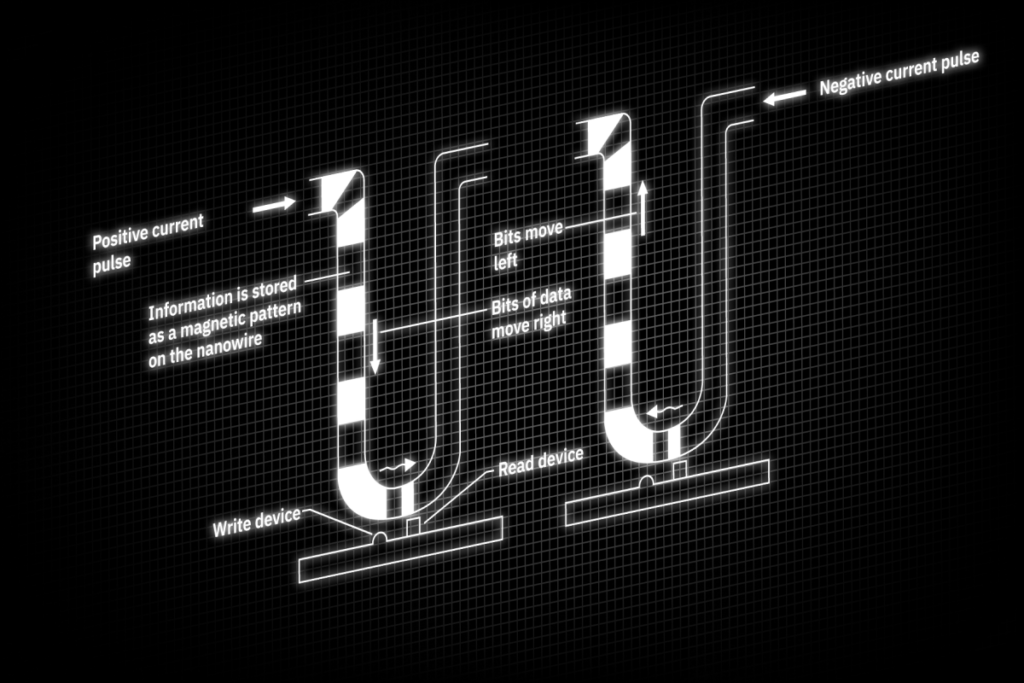
Optical Investigation of Electronic Correlations
The investigation of many-particle correlations, their impact on the bulk properties and transport behaviour of condensed matter, and how these correlations trigger the emergence of new and exotic phases is a particularly exciting and active field of research. Several measurements including Rayleigh (elastic), Raman (inelastic), or resonant inelastic light scattering can be used to study collective excitations of the solid state. For such investigations, typically low temperatures in combination with fiber-coupled or free-beam optical access are needed. These requirements are met by kiutra’s S-Type Optical, which offers a unique combination of sub-Kelvin temperatures, free-beam optical access, small working distance, and compact system size to enable various optical measurements.
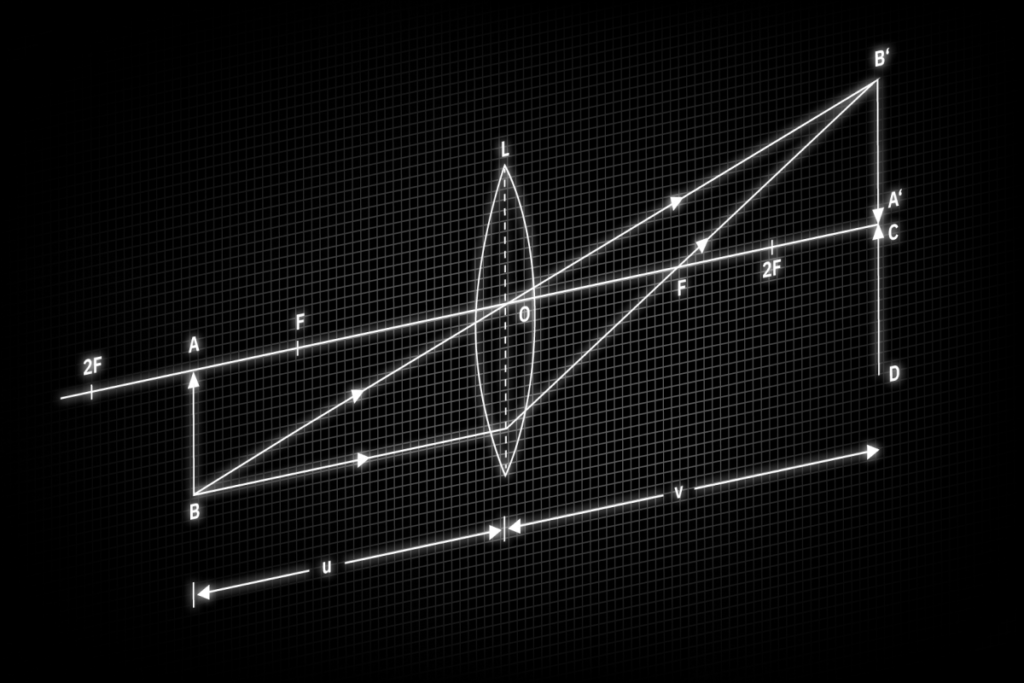
High-Pressure Measurements
Materials with strong electronic correlations are often susceptible to the application of pressure. Using high-pressure techniques like piston-cylinder or Bridgman cells, physical properties such as the magnetization, susceptibility, and resistivity can be studied as a function of temperature, magnetic field, and pressure. This allows to map out complex phase diagrams, to tune materials towards low-temperature electronic instabilities, and to investigate their behaviour in the proximity of a phase transition. The kiutra L-Type Rapid is a fast-cooling cryostat and therefore ideally suited to study pressure cells, where the pressure must be changed frequently and ex-situ. The Sample Puck used in kiutra’s sample loader offers enough space to mount different high-pressure clamp cells. More complex experimental setups that require, e.g., gas-activated cells for in-situ changes of the pressure or in-situ pressure determination using ruby fluorescence can be implemented using kiutra’s S-Type Essential cryostat. It offers a large sample platform and can be easily adapted by the user to meet his individual requirements.
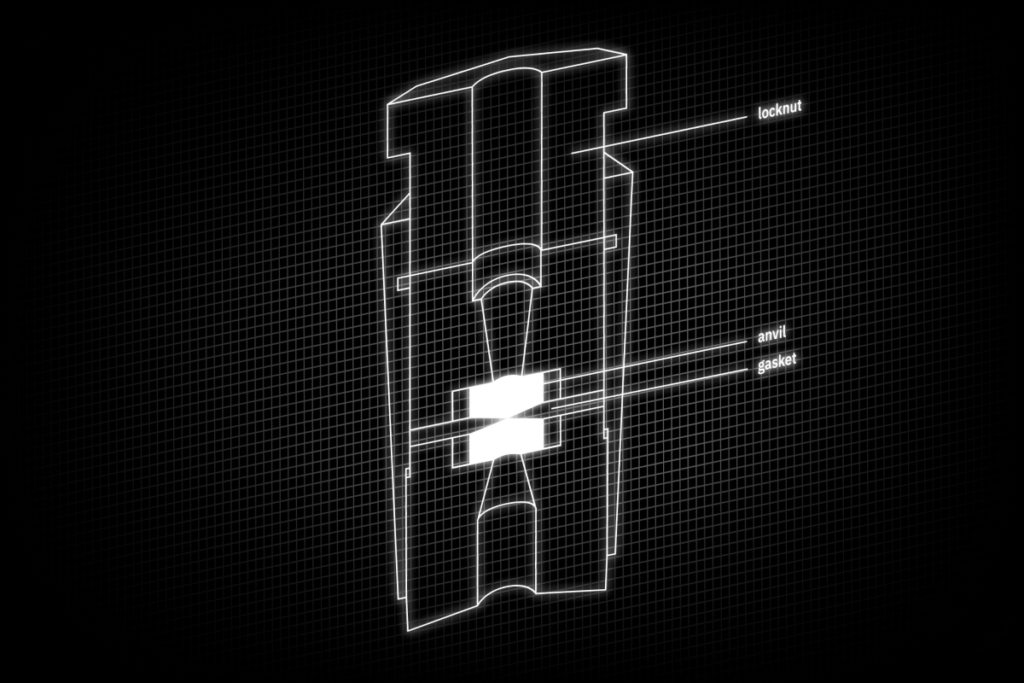
Low-Temperature Photoluminescence
The investigation of photo-physical properties yields insights into electronic correlations of lower-dimensional systems or heterostructures. A well-established spectroscopic technique is the observation of photoluminescence, i.e., the analysis of light that is emitted from a sample after the absorption of photons. Tracking characteristic features in the photoluminescence spectra over a broad temperature range provides additional information on the energy scales and correlations of the electronic structure. The S-Type Optical offers a wide, continuous temperature range from room temperature to the sub-Kelvin regime. In combination with its customizable free-beam optical access, it thus allows to investigate photo-physical properties over four order of magnitude.
